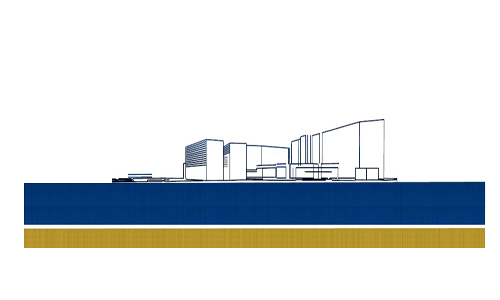Press release – Hearings of new Commissioners-designate to take place on 14 November

The exact timing looks as follows:
- Oliver Várhelyi (Hungary), Neigbourhood and Enlargement, from 8.00 – 11.00 in room JAN 4Q2
- Adina-Ioana Vălean (Romania), Transport, from 13.00 – 16.00 in room Jan 4Q2
- Thierry Breton (France), Internal Market, from 13.00 – 16.00 in room Jan 2Q2
Examination of declaration of financial interests by the Legal Affairs Committee
Parliaments Committee on Legal Affairs will meet on 12 November to evaluate the candidates’ declarations of financial interest.
The confirmation by the Legal Affairs Committee of the absence of any conflict of interests is an essential precondition for the holding of the hearing in the relevant policy committee.
Written questions and answers
The deadline for answering the written questions addressed to the candidates by the relevant committees is 12 November end of business. Translations will be available the next day at noon.
Structure of the hearings
Each hearing lasts three hours. The Commissioner-designate will make a 15-minute introductory statement, which will be followed by questions from MEPs. There will be 25 questions altogether: one minute per question, followed by an answer from the Commissioner-designate and a possible follow-up question from the MEP.
Evaluation
The hearings will be followed by meetings in which the Chair and group representatives (coordinators) of the committees will evaluate the performance of the Commissioners-designate. More details on the evaluation process can be found here and in the Rules of procedure.
The Conference of Committee Chairs will then assess the outcome of the hearings in the evening of 14 November and forward its conclusions to the Conference of Presidents. The latter will conduct the final evaluation and decide whether to close the hearings in its meeting on 21 November.
Plenary vote on 27 November
The full Commission needs to be elected by a simple majority of the votes cast in Plenary, by roll call. The vote is set to take place on 27 November
Ahead of the vote, Commission President-elect Ursula von der Leyen is set to present the full College of Commissioners and its programme in plenary. Her statement will be followed by a debate.
Audiovisual services and webstreaming
All hearings are public and can be followed live. You can watch them on EP Live here.
Parliament’s Multimedia Centre will provide HD quality videos, high-resolution photos and audio material (grouped by hearing in “media packages”)
HD quality videos can be downloaded within 30 minutes of the start of the hearings (live replays) and a selection of high-quality photos will be available for download.
A new media work area (passerelle Karamanlis) is available with connectivity for live broadcasting through your own means. All requests for a spot must be addressed to avplanning@europarl.europa.eu
There will be an area for camera crews and photographers at the back of each room where a live broadcast signal will be available.
Meeting rooms and listening rooms
The last row in the rooms where the hearings will take place will be reserved for the media. However, seats cannot be reserved individually in advance and will be attributed inside the room on a first-come, first-served basis. Journalists are strongly advised to arrive in good time, as places cannot be guaranteed once the hearing has begun. Those wishing to leave the room before the end of the hearing are also invited to do so quietly via the rear exit.
Two listening rooms will be made available to follow the hearings live on big screens, should there be insufficient space in the room itself. Those are: JAN 4Q1 (for the hearing of Adina-Ioana Vălean) and JAN 6Q2 (for the hearings of Oliver Várhelyi and Thierry Breton)
Accreditation and access
No special accreditation is necessary during the hearings. Journalists holding an inter-institutional badge or annual badge delivered by the Parliament can enter Parliament’s premises as they always do.
Those who do not have a badge need to request short-term accreditation through Parliament’s registration website, and collect their badges at the press accreditation office PHS-1C029 in Brussels (Paul-Henri Spaak building, Rue Wiertz, press entrance).
The accreditation office is open from 08:30 -17:45 from Monday to Thursday.

